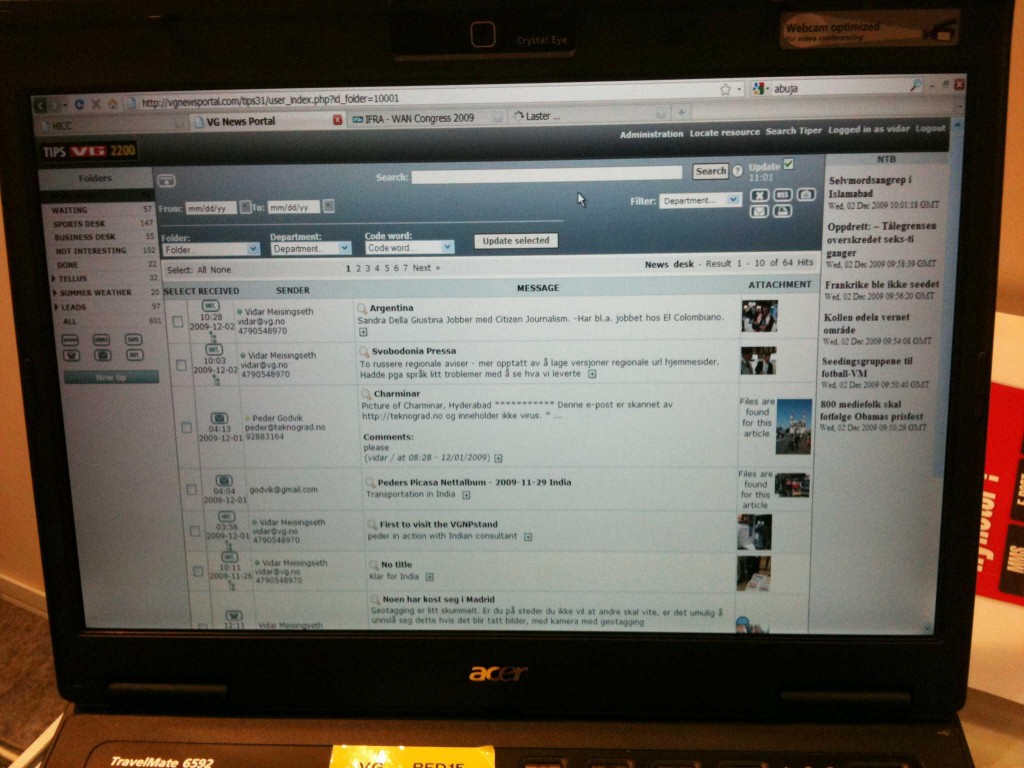Yesterday at the World Editors Forum in Hamburg, Raju Narisetti, managing editor of the Washington Post, told Journalism.co.uk that the Post was not ruling out its own paid-content model.
The quality of the content we produce needs to be well funded, and one of the ways could be to make users pay for it, not all of it. I am not a big believer of putting everything behind a paywall. I am a big believer in saying we should monetise.
More power to the New York Times and the Wall Street Journal in figuring out and if they do we would be happy to look at that. We may find our own way.
You can read the full interview with Narisetti at this link and below are all the stories from the WEF meeting on Journalism.co.uk:
- NewsCloud sets its sights on communities of connected readers
- Crowd-funded news site Spot.us is sticking to startup roots, says founder
- Global newspaper circulation fell for first time in 2009, according to report
- We need to reinvent not repurpose for tablets, says innovation group
- Die Zeit editor-in-chief: ‘Fear of death can be a cause for suicide’
- News companies today need to be in perpetual beta, says NYTimes CEO
- WEF Newsroom study suggests high optimism, demand for greater multimedia
- Paywall will not remove NYT from online conversation, says CEO
- Blog: Jpod day two – innovation and tablet technologies [podcast]
- Blog: Danish newspaper showcases the iPad app built on a shoestring budget
- Blog: Multimedia newsrooms vs online-only outlets
- Blog: Values at the heart of a news organisation’s structure, journalism, business
- Blog: Al Ahram chair defends photoshopped image of Egyptian president
- Blog: Google keynote – ‘We’re not eating your omelette’
- Blog: WAN-IFRA calls on Iran to improve press freedom standards
For a digested round-up of the conference subscribe to our podcasts on iTunes.
